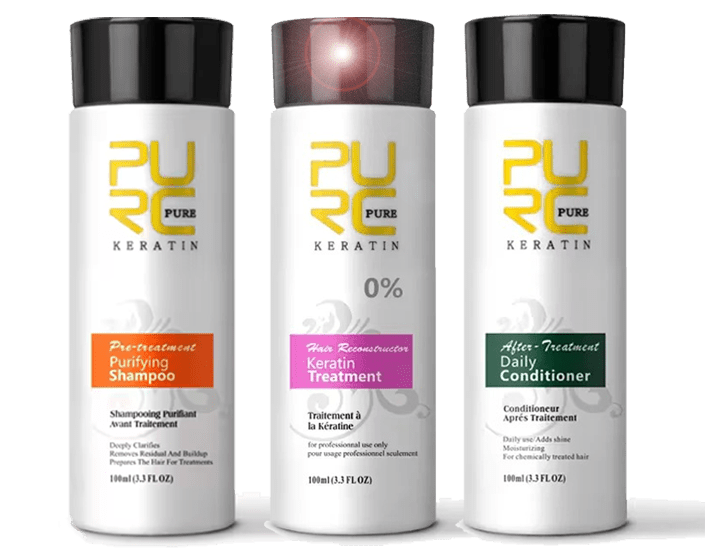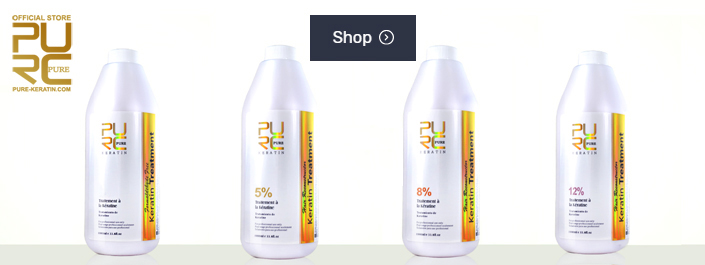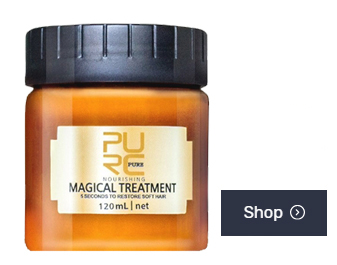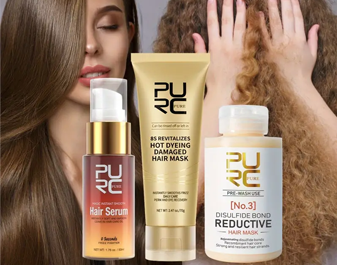Keratin treatment for damaged bleached hair
KERATIN TREATMENT on 24th Jul 2024
Keratin Treatment for Damaged Bleached Hair
- Introduction
- Understanding Hair Damage
- What is Keratin?
- How Keratin Treatment Works
- Benefits of Keratin Treatment for Damaged Bleached Hair
- Types of Keratin Treatments
- Choosing the Right Keratin Treatment
- Preparing for a Keratin Treatment
- Aftercare Tips
- Common Myths and Misconceptions
- Keratin Treatment vs. Other Hair Treatments
- DIY Keratin Treatments: Are They Worth It?
- Potential Side Effects and How to Avoid Them
- Frequently Asked Questions
- Conclusion
Introduction
Bleaching your hair can be a fantastic way to achieve a bold, new look, but it often comes at a cost. Hair can become dry, brittle, and prone to breakage. Enter keratin treatment, a popular solution for restoring health to damaged hair. In this article, we’ll explore the ins and outs of keratin treatments and why they are particularly beneficial for damaged, bleached hair.
Understanding Hair Damage
Causes of Hair Damage
Hair damage can be caused by a variety of factors, including heat styling, chemical treatments, and environmental exposures. However, bleaching is one of the most damaging processes, as it strips the hair of its natural pigment and moisture.
Effects of Bleaching on Hair
When hair is bleached, the cuticle, or outer layer, is lifted to allow the bleach to penetrate and remove color. This process leaves the hair shaft porous and weakened, leading to breakage, frizz, and a rough texture.
What is Keratin?
Definition and Role of Keratin in Hair Health
Keratin is a fibrous protein that is a key structural component of hair, skin, and nails. It helps protect hair from damage and keeps it strong and elastic.
Natural vs. Synthetic Keratin
Natural keratin is found in the hair, while synthetic keratin can be derived from animal wool or feathers. Both types are used in treatments to replenish and repair damaged hair.
How Keratin Treatment Works
The Science Behind Keratin Treatment
Keratin treatments work by infusing the hair with keratin, which fills in the gaps in the hair shaft left by damage. This strengthens and smooths the hair, creating a protective barrier against further damage.
Step-by-Step Process of a Keratin Treatment
- Cleansing: The hair is washed with a clarifying shampoo to remove buildup.
- Application: Keratin solution is applied to the hair and left to penetrate.
- Heat Activation: The hair is blow-dried and flat-ironed to seal the keratin into the hair shaft.
- Rinsing: The treatment is rinsed out, and a moisturizing conditioner is applied.
Benefits of Keratin Treatment for Damaged Bleached Hair
Strengthening Hair Structure
Keratin treatments reinforce the hair's structural integrity, making it stronger and less prone to breakage.
Restoring Shine and Smoothness
Bleached hair can look dull and lifeless. Keratin treatments restore shine and give hair a silky, smooth texture.
Reducing Frizz and Split Ends
Keratin treatments help to reduce frizz and seal split ends, resulting in healthier-looking hair.
Types of Keratin Treatments
Brazilian Keratin Treatment
The Brazilian keratin treatment is one of the most popular types. It provides long-lasting results and dramatically reduces frizz.
Keratin Express Treatment
This is a shorter, less intensive version of the traditional keratin treatment, ideal for those with less time to spare.
Soft Keratin Treatment
A gentler option suitable for fine or damaged hair, focusing on hydration and repair rather than just straightening.
Choosing the Right Keratin Treatment
Factors to Consider
Consider your hair type, the extent of the damage, and your desired results when choosing a keratin treatment.
Consulting with a Professional
It’s always best to consult with a professional hairstylist to determine the most suitable treatment for your hair's needs.
Preparing for a Keratin Treatment
Pre-Treatment Care
Ensure your hair is clean and free of buildup before your appointment. Avoid using heavy conditioners or oils.
What to Expect During the Treatment
The treatment can take several hours, depending on your hair length and type. Be prepared for a time commitment.
Aftercare Tips
Post-Treatment Hair Care Routines
Avoid washing your hair for at least 72 hours after the treatment. Use sulfate-free shampoos and conditioners to prolong the effects.
Recommended Products
Opt for products specifically designed for keratin-treated hair to maintain smoothness and shine.
Common Myths and Misconceptions
Debunking Myths About Keratin Treatments
Many believe keratin treatments can damage hair further, but when done correctly, they actually repair and protect.
Addressing Safety Concerns
Ensure your salon uses formaldehyde-free products to avoid potential health risks.
Keratin Treatment vs. Other Hair Treatments
Comparing Keratin Treatment to Other Hair Repair Methods
Keratin treatments offer more long-lasting and noticeable results compared to deep conditioning treatments and protein masks.
Pros and Cons
While keratin treatments provide significant benefits, they can be costly and time-consuming.
DIY Keratin Treatments: Are They Worth It?
Risks and Benefits of At-Home Keratin Treatments
DIY kits can be a more affordable option but may not provide the same level of results as professional treatments.
Professional vs. DIY Results
Professional treatments are tailored to your hair's specific needs, ensuring optimal results.
Potential Side Effects and How to Avoid Them
Possible Side Effects
Some individuals may experience scalp irritation or allergic reactions. Always do a patch test before full application.
Tips to Minimize Risks
Follow the product instructions carefully and use treatments sparingly to avoid over-processing your hair.
Frequently Asked Questions
1. How long do keratin treatments last?
Typically, keratin treatments can last between 3 to 5 months, depending on your hair type and maintenance routine.
2. Can I color my hair after a keratin treatment?
It’s best to wait at least two weeks after a keratin treatment before coloring your hair.
3. Are keratin treatments safe for all hair types?
Yes, keratin treatments are generally safe for all hair types, but it’s important to consult with a professional to ensure it’s the right choice for you.
4. Will keratin treatment make my hair straight?
Keratin treatments can smooth and reduce frizz but won’t completely straighten your hair unless combined with other straightening treatments.
5. How often should I get a keratin treatment?
It’s recommended to get a keratin treatment every 4 to 6 months to maintain healthy, smooth hair.
Conclusion
Keratin treatments offer a fantastic solution for reviving damaged, bleached hair. By replenishing lost keratin, these treatments strengthen, smooth, and protect your hair, giving it a healthy and vibrant appearance. Whether you choose to go to a professional salon or try a DIY kit, proper care and maintenance will help you achieve the best results. Embrace the benefits of keratin treatment and enjoy your journey to healthier, more beautiful hair.



















